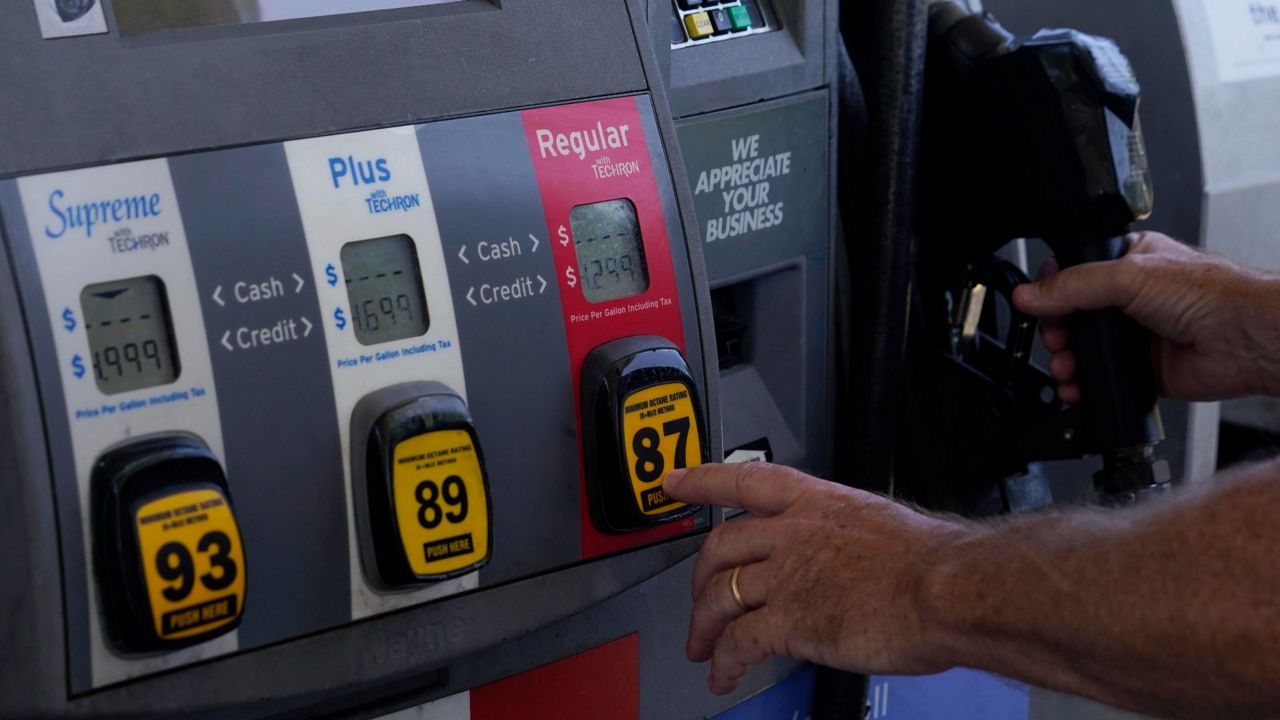Holiday drivers are getting an early gift this year. Gas prices have fallen just in time for Thanksgiving travel.
The national average for a gallon of regular gas is currently $3.345, according to AAA. That’s six cents less than a week ago and 16 cents less than a month earlier.
“The national average is at its lowest level since late February,” said Patrick De Haan, head of petroleum analysis for the gas price web site GasBuddy.com. “I think the national average will probably bottom out here and stay relatively low through the winter months and then start going up next spring. This is normal.”
Gas prices usually fall around Thanksgiving, De Haan said, due to cheaper blends of gasoline and less people driving, though that hasn’t been the case over the past two years because of COVID imbalances and Russia’s war with Ukraine.
Gas prices for the past two Thanksgivings were significantly higher than they are this year. A gallon of regular cost $3.39 in 2021 and $3.56 last year, according to GasBuddy.com.
This year’s Thanksgiving holiday gas price decline is largely attributable to the falling price of crude oil, which has dropped for three straight weeks and is now near its lowest level since July, when Saudi Arabia first announced it would reduce the amount of crude oil it taps by 1 million barrels per day. Oil prices began rising in June following a similar OPEC announcement that it will cut crude oil production through 2024.
On Wednesday, the price of crude oil was about $77 per barrel, compared with $87 in September.
The drop in gas prices comes as 55.4 million Americans are expected to travel at least 50 miles between November 22 and November 26, according to AAA. Of those, 49.1 million will be driving.







